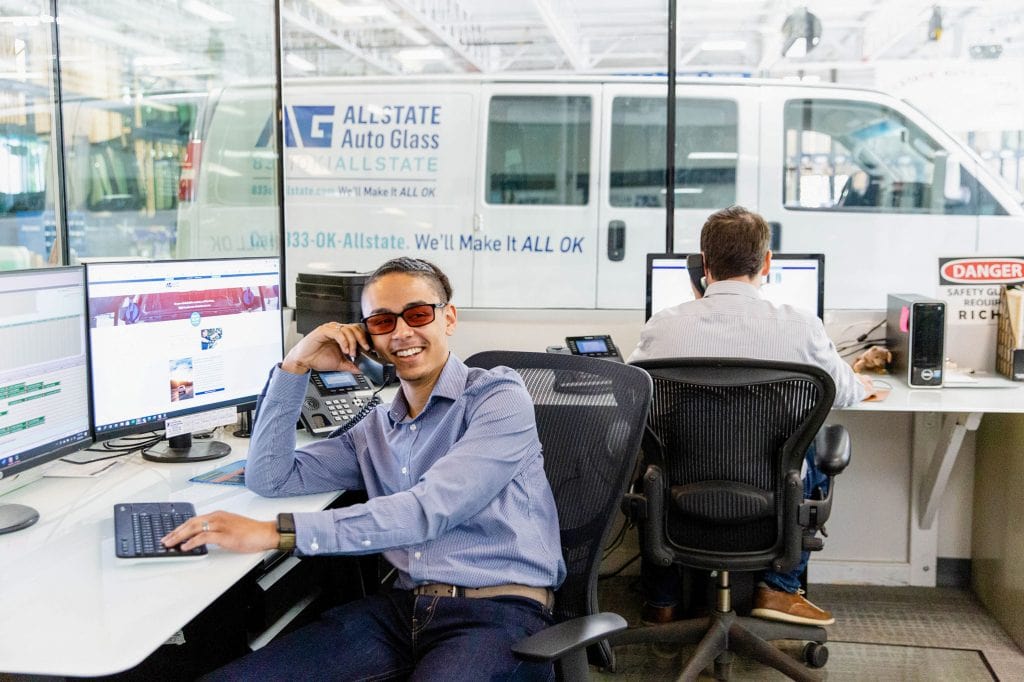- The Allstate Glass Family of Brands
- Auto Glass
- Showers & Architectural Glass
- Commercial Glass
ADAS stands for Advanced Driver Assistance System. Our cars are becoming more advanced, rapidly transforming how we drive. As auto and vehicle technology continues to change, the effect on auto glass installation has been significant. Consumer demand, changing legislation, and momentum from the National Highway Transportation Safety Administration (NHTSA) are driving growth in Advanced Driver Assistance Systems like never before. Forward-facing ADAS cameras control technologies like lane keep assist, lane departure warning, pedestrian detection, blind spot detection, forward collision alert, lane departure warning, and adaptive cruise control are commonplace. These are just some of the different ways that provide driver assistance and other standard road safety features. This requires high-quality glass, dedicated technicians, precise installations, and camera calibration to function properly after a windshield replacement.
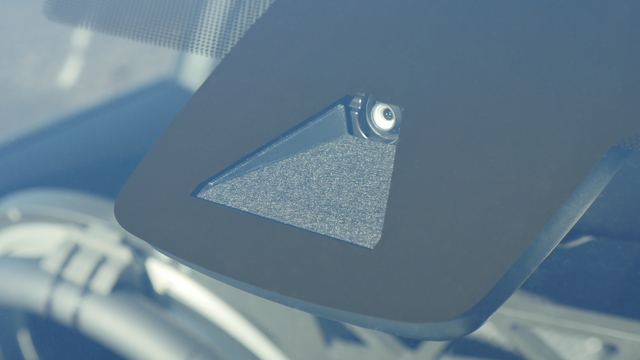
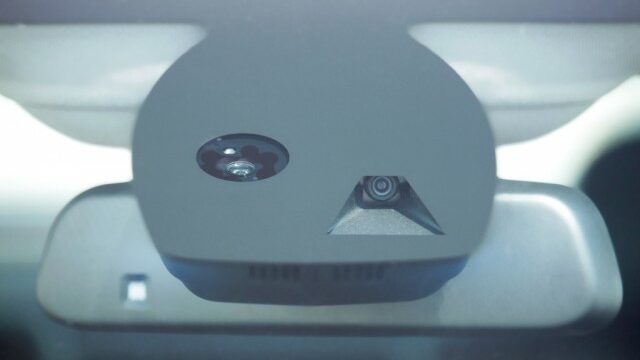
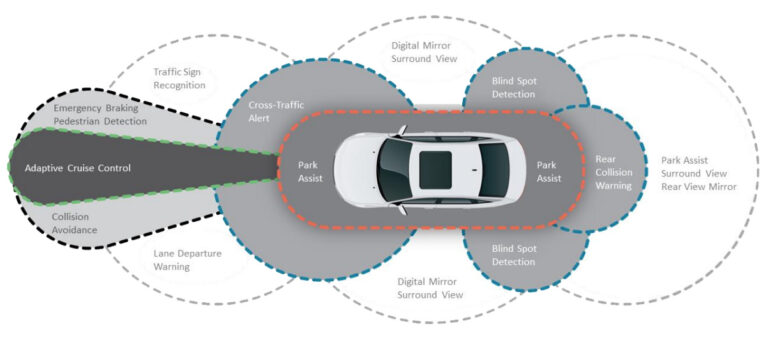
All vehicle manufacturers recommend ADAS calibration after a windshield replacement. For the ADAS system and advanced technologies to work correctly (after a windshield replacement), the cameras and sensors should be calibrated to ensure that they align with the vehicle. Otherwise, these safety systems will not be able to detect changes in driving conditions properly.
Depending on the vehicle, there are various types of calibrations, Static, Dynamic and Dual. Let’s take a closer look at each.
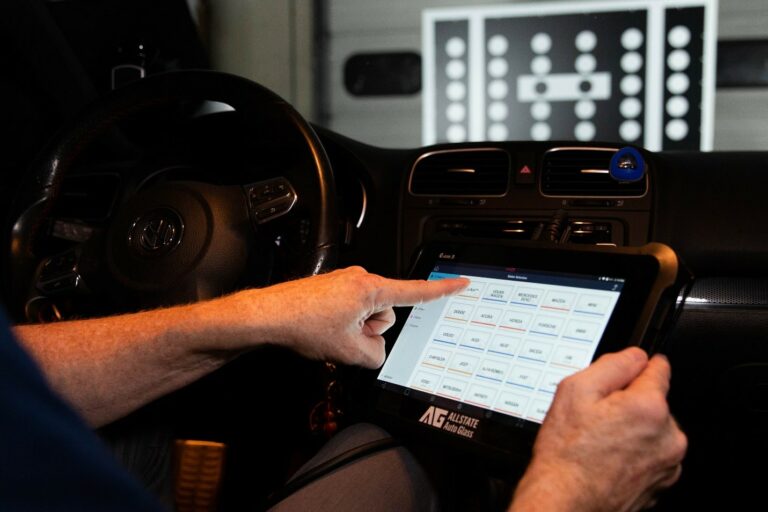
Static or fixed ADAS calibration occurs in a specialized setting where the car must remain stationary during the calibration process. Specialized equipment and software, proper tire inflation and a full tank of gas are recommended to make sure the vehicle stance is correct. In addition, proper lighting, level flooring and specialized targets and software programs are utilized to adjust the vehicles’ camera and sensors to factory settings. This process can take from 1 to 2 hours, depending on the vehicle.
Dynamic ADAS calibration is performed while the technician drives the vehicle for a certain distance and speed during optimal weather conditions. With a device connected to the vehicle’s diagnostic port, the camera is calibrated by reading the lines on the road and street signs. This process can require a drive distance of 5 – 25 miles and usually takes about an hour.
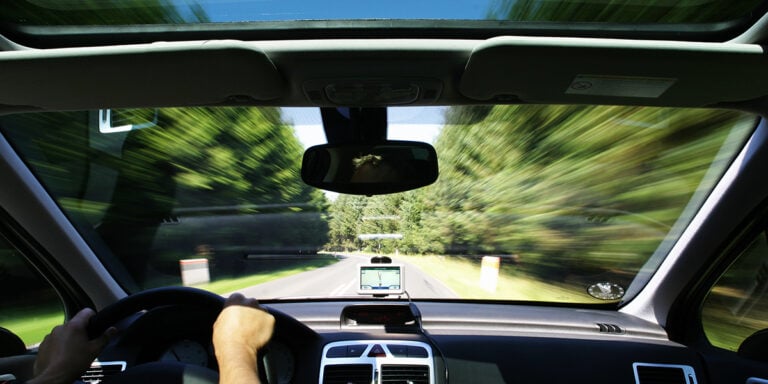
Dual ADAS calibration is a combination of Static and Dynamic calibrations. The technician performs a Static Calibration first and then a Dynamic Calibration immediately after.
ADAS stands for Advanced Driver Assistance System. Vehicles ADAS sensors control technologies like lane keep assist, lane departure warning, pedestrian detection, blind spot detection, forward collision alert, lane departure warning, vehicle surroundings, and adaptive cruise control are commonplace. These are just some advanced systems that provide driver assistance and other standard road safety features.
The ADAS calibration process can take anywhere from 1 to 2 hours, depending on the type of vehicle. ADAS calibration takes place in a specialized setting where the car must remain stationary during the calibration process. This requires special tools and ADAS calibration equipment; proper tire inflation and a full tank of gas are recommended to make sure the vehicle stance is correct.
All vehicle manufacturers and service providers recommend ADAS calibration after a windshield replacement. For the ADAS system and advanced technologies to work correctly (after a windshield replacement), the cameras and sensors should be calibrated to ensure that they are in alignment with the vehicle. Otherwise, these advanced safety systems will not be able to detect changes in driving and environmental conditions properly.
Static ADAS calibration requires a specialized setting where the car must remain stationary during the calibration process and pieces of calibration equipment are used. Dynamic ADAS calibration is performed while the technician drives the vehicle for a certain distance and speed during optimal weather conditions. With a device connected to the vehicle’s diagnostic port, the camera is calibrated by reading the lines on the road and street signs.
In most cases, ADAS calibration is recommended after the vehicle’s sensors are disrupted or there is a windshield replacement. For the ADAS system to work correctly, the cameras sensors should be calibrated to ensure that they align with the vehicle. ADAS calibration is essential for keeping the road safe. If a re-calibration is not performed, these safety systems will not be able to detect changes in driving conditions properly.
If you have comprehensive coverage as part of your auto insurance policy, in most cases windshield repairs are covered. We’ll contact your insurance company and handle the paperwork so you won’t have to wait on hold to file the claim. Our customer service representatives are auto insurance experts and are familiar with all the requirements of every carrier. And the best news of all, Allstate Auto Glass is approved by all carriers, so our claims don’t get rejected.
